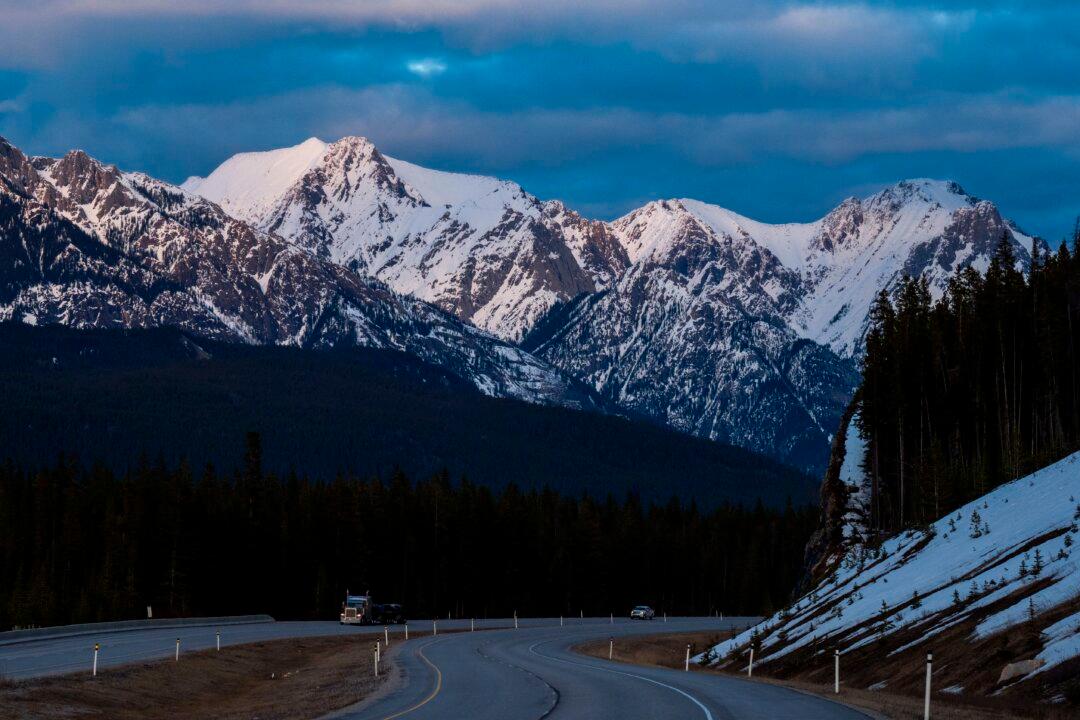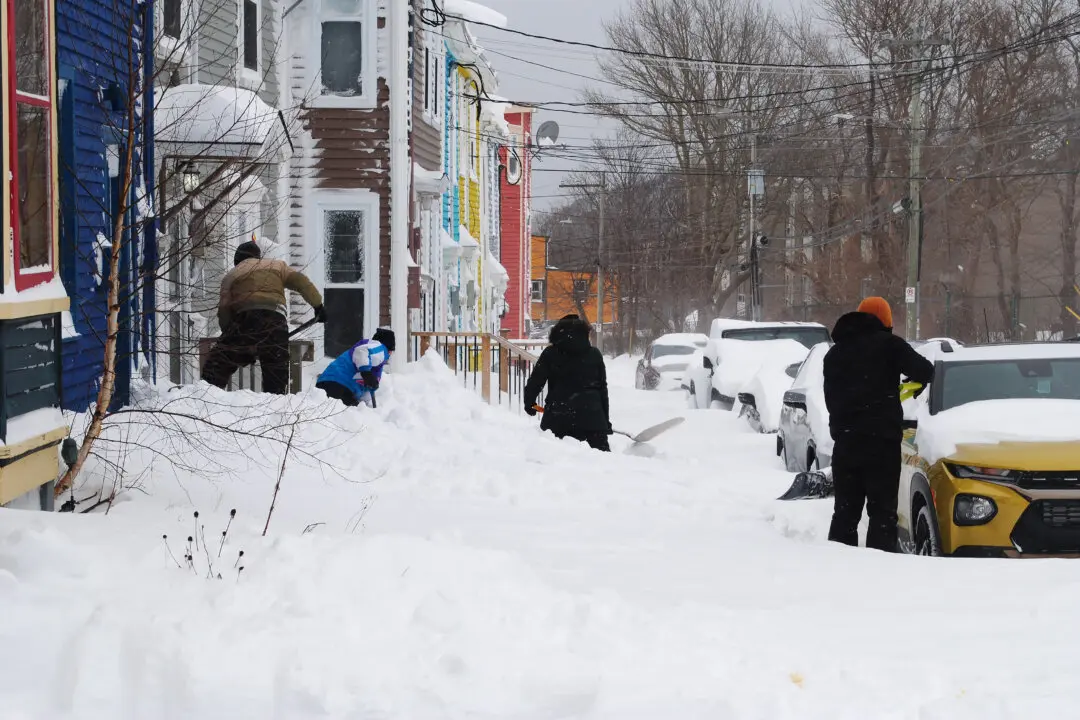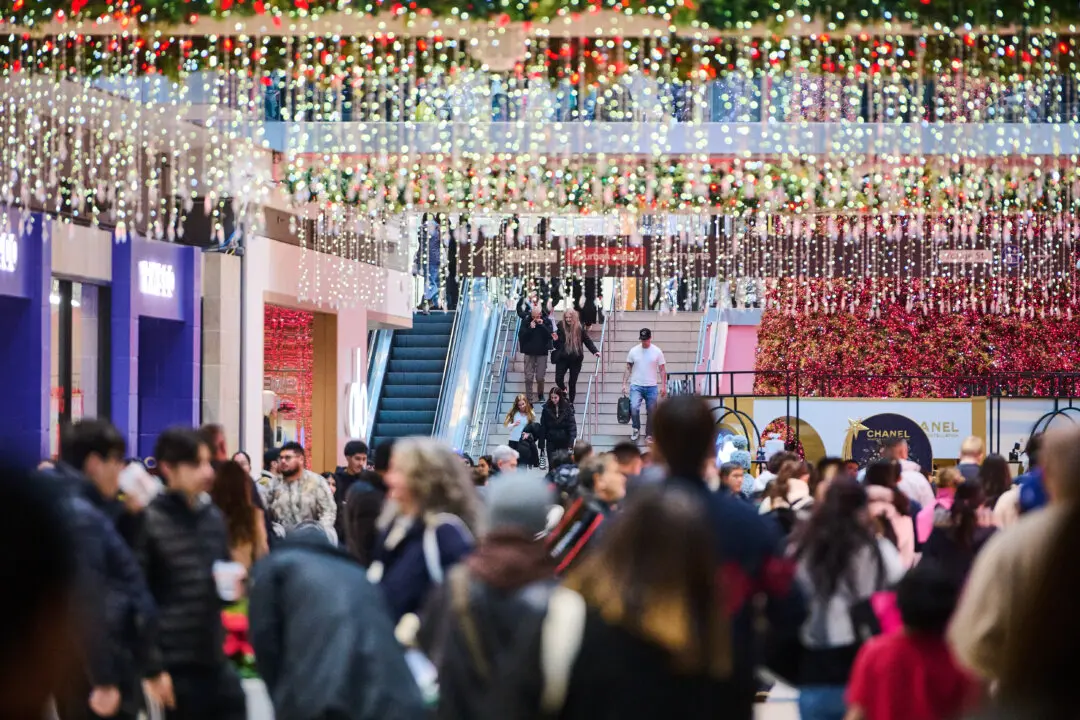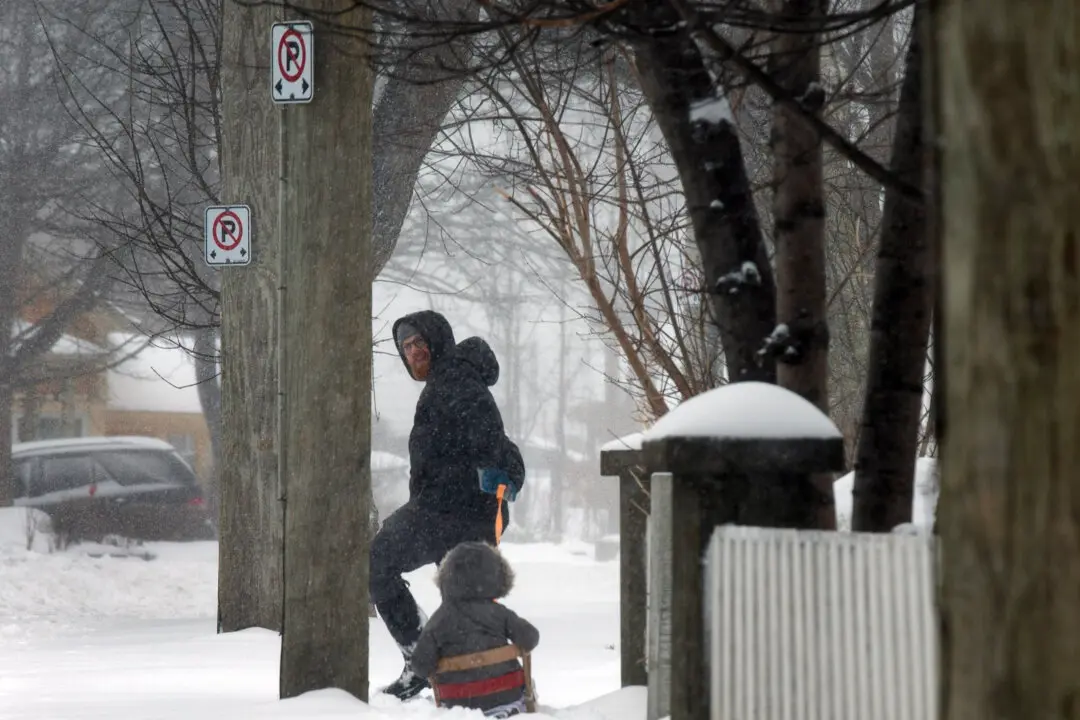When Banff Mayor Corrie DiManno goes out for a run in her Alberta mountain town, she wears a vest holding a can of bear spray, makes noise and keeps an eye out for wildlife.
The town in Banff National Park has strict rules around how to dispose of garbage and has recently renewed an effort to offer its residents free fruit tree removal in an attempt to reduce wildlife attractants.





